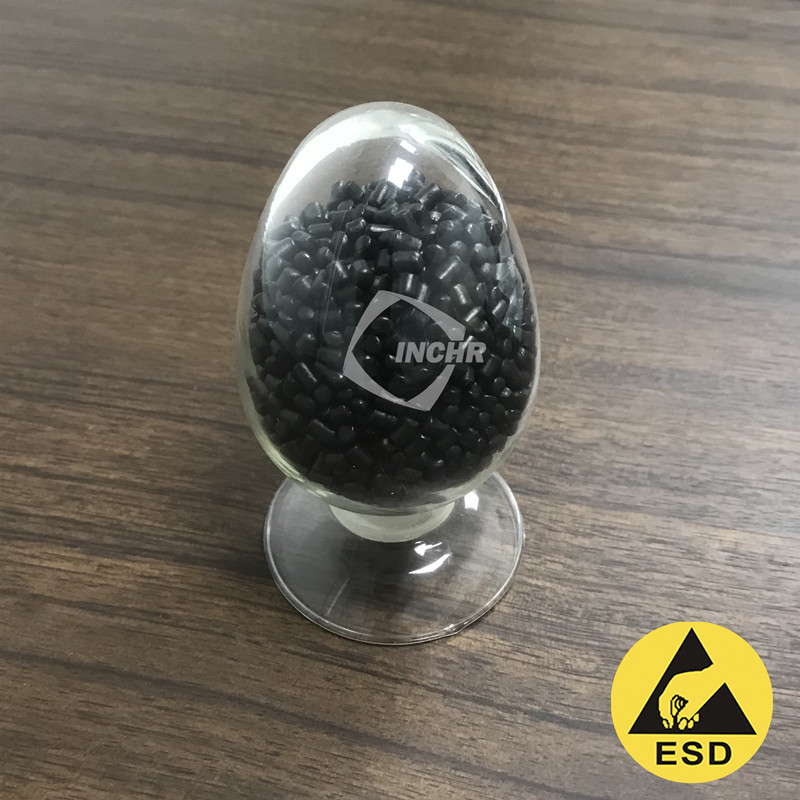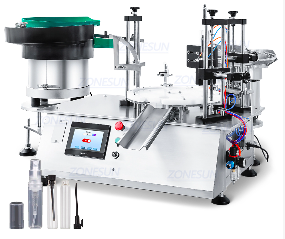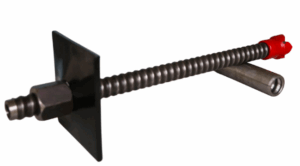Table of Contents
ToggleWhat is CNT conductive PP?
Carbon nanotube conductive PP refers to a material with conductive properties prepared by compounding carbon nanotubes with polypropylene (PP).
Carbon nanotubes have excellent conductive properties, and adding them to polypropylene can give polypropylene a certain conductivity. When preparing carbon nanotube conductive PP, the following points should usually be noted:
- Dispersion of carbon nanotubes: To achieve good conductive properties of conductive PP, carbon nanotubes need to be evenly dispersed in the polypropylene matrix. Carbon nanotubes can be surface modified and polar functional groups can be introduced to improve their dispersion in the polymer matrix.
- Injection molding process adjustment: The process parameters during injection molding will affect the distribution and orientation of carbon nanotubes in the matrix, and thus affect the conductive properties of the composite material. For example, at high melt temperature and low injection speed, carbon nanotubes are well dispersed and have an excellent conductive network, which can effectively improve the conductive properties of injection molded products; while at low melt temperature and high injection speed, carbon nanotubes may be locally oriented, resulting in decreased conductive properties.
- Adding other additives: For example, adding expanded graphite can serve as a connection point for the conductive network, increasing the chances of contact between carbon nanotubes, thereby significantly improving the conductive properties of the composite material.
For example, a study has reduced the surface resistivity of polypropylene/carbon nanotube (PP/MWCNT) injection molded products by about 5 orders of magnitude at high melt temperature and low injection speed by adjusting the injection molding process; at low melt temperature and high injection speed, the introduction of expanded graphite into the PP/MWCNT system further reduced the surface resistivity of the composite material by 3 orders of magnitude.

INCHR focuses on the development and production of conductive PP, conductive PS, and various conductive masterbatches. We use carbon nanotubes to modify the surface of nanocellulose fibers under the synergistic effect of coupling agents and crosslinking agents to obtain modified nanocellulose fibers. Adding them to polypropylene can make the carbon nanotubes evenly distributed and form a good interfacial conductive effect. Under the synergistic effect of the compatibilizer, the modified nanocellulose fibers are evenly dispersed in the polypropylene resin matrix, which improves the dispersibility of the carbon nanotubes. The fibers are crisscrossed to form a complete conductive network, so that they have excellent conductive functions under the condition of a small amount of carbon nanotubes added, and the conductive polypropylene composite material has better mechanical properties.
Applications
Carbon nanotube conductive PP can be used in heat dissipation materials, conductive connection components, antistatic materials, integrated circuit packaging, electromagnetic wave shielding, and other fields of electronic equipment.
Its performance advantages include: it has certain conductive properties, which can meet some application scenarios that require conductivity; at the same time, it may retain some characteristics of polypropylene itself, such as certain mechanical properties. However, this type of material may also have some problems in practical applications, such as the need to further improve conductivity and improve processing performance. The specific performance and application still need to be determined according to the actual product requirements and process conditions.





